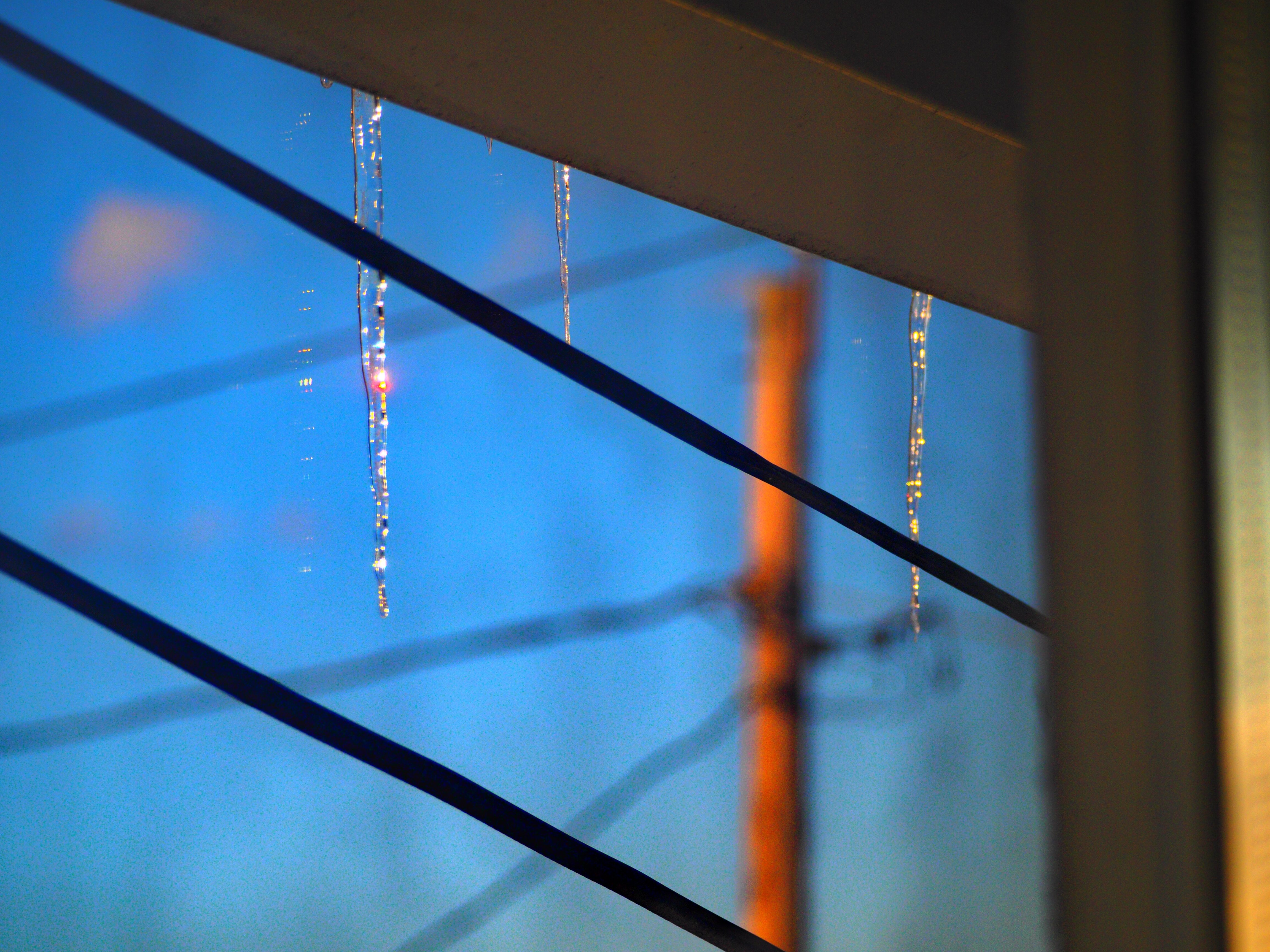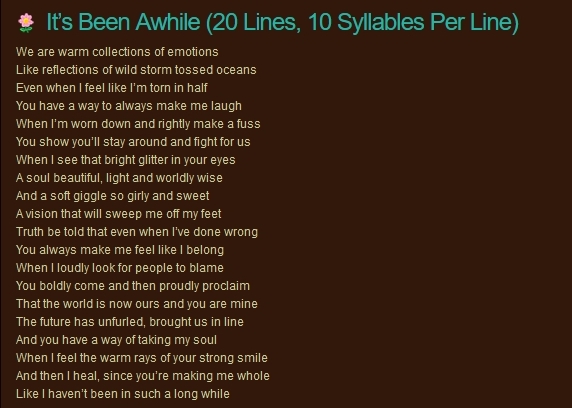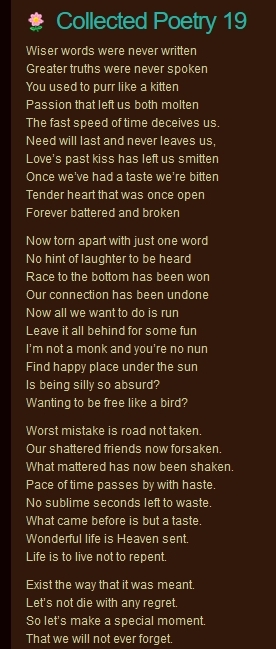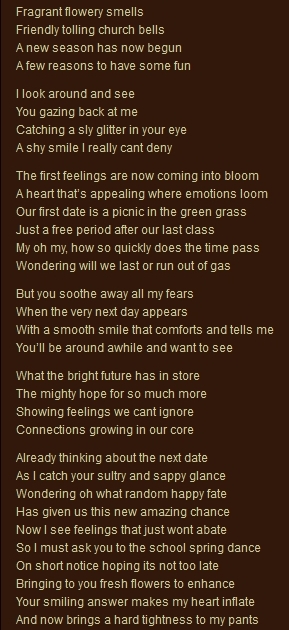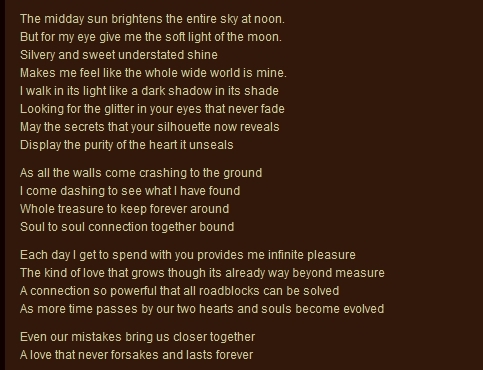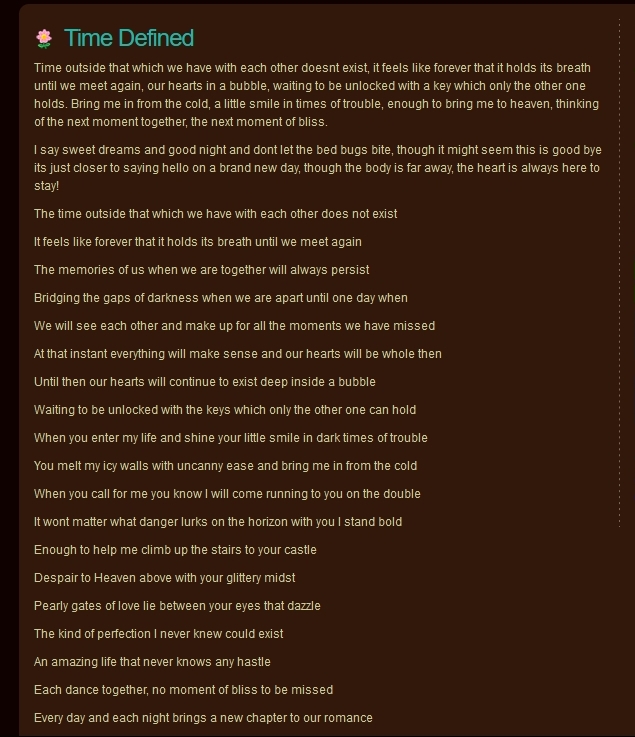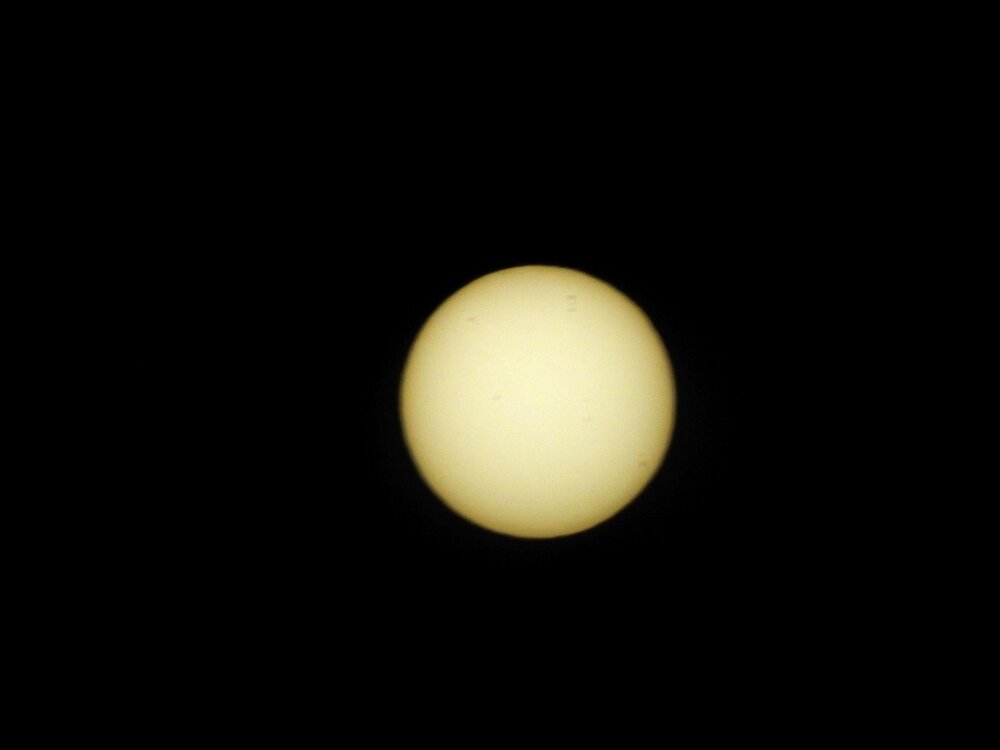-
Posts
44,789 -
Joined
Content Type
Profiles
Blogs
Forums
American Weather
Media Demo
Store
Gallery
Everything posted by LibertyBell
-

Extended summer stormlover74 future snow hole banter thread 23
LibertyBell replied to BxEngine's topic in New York City Metro
Interesting, Larry! Now that I'm doing solar photography, I'm very interested in sunspots! What is our current sunspot count? When I took pictures of them on Tuesday I could easily see at least a dozen of them! We're near solar maximum now. -

Extended summer stormlover74 future snow hole banter thread 23
LibertyBell replied to BxEngine's topic in New York City Metro
It's always about the blocking here-- it's very rare to get 1995-96 or 2010-11 kind of blocking, when that happens it trumps everything else. But those are once in a generation kind of winters. -

Extended summer stormlover74 future snow hole banter thread 23
LibertyBell replied to BxEngine's topic in New York City Metro
I thought that with stronger Bermuda highs we'd get more Gulf Coast activity and storms that hit Florida and keep moving west? What's causing them to recurve more now vs what happened in 2004 and 2005 as well as 2020, JM? Typically our hyperactive seasons are focused in the GOM not up here. If you look at the years in which NJ and Long Island got hit by hurricanes, few or none of them were hyperactive. -

Extended summer stormlover74 future snow hole banter thread 23
LibertyBell replied to BxEngine's topic in New York City Metro
Don, why don't we see interest in summer weather too? I find extreme heat just as exciting as the thought of big snowstorms. Both involve high numbers-- 20 inches of snow and 100 degrees are equally exciting because both are very rare. -

Extended summer stormlover74 future snow hole banter thread 23
LibertyBell replied to BxEngine's topic in New York City Metro
We are very close and she also wants to write a book. I write various material, mostly poetry, but also short stories and science documentaries. I finally figured out a way to share some of my writing without clogging up the thread, I screenshotted some of it. Some of these were inspired by music I listened to, others came to me in my dreams. -

Extended summer stormlover74 future snow hole banter thread 23
LibertyBell replied to BxEngine's topic in New York City Metro
Billy Joel was singing about Anthony during his 100th concert at MSG (it was on last night). -
Low 60s and sunshine and no rain for 30 days straight is perfect. I don't care how much of a drought we get if it doesn't rain the entire summer, I'm fine with it, 70% of the world is covered by oceans, maybe we should start using that water.
-
Mark Twain had a thing or ten to say about statistics lol
-
Hot and dry is better. The entire Atlantic can evaporate for all I care.
-
I wouldn't mind moving the earth 10 million miles closer to the sun, maybe that would burn off these clouds.
-
Thanks, I deleted all of them, but there is still a file size limit of 1.95 MB so I just uploaded one of the smaller ones. The file size limit of 1.95 MB is per file and also per post.
-

Extended summer stormlover74 future snow hole banter thread 23
LibertyBell replied to BxEngine's topic in New York City Metro
There's a lot of sunspot activity on the sun right now. I'm not good with post processing so I don't know how easy it will be to see them here, but there are three in the upper right, one in the middle, two in the lower right and one in the upper left. I used a two filter stack for this image, one to block 99.9999% of sunlight and the other to block IR and UV. It won't let me upload more than one image and not even the one with the sun the largest size (since those are all over 4 MB in size.) -
Hey quick question, how do I delete all my attachments lol. I wanted to post some pictures I took of the sun (there's a lot of sunspots visible right now), but I can't post any because I have a limit of 1.95 MB and the file I want to post is between 4-5 MB.
-

Extended summer stormlover74 future snow hole banter thread 23
LibertyBell replied to BxEngine's topic in New York City Metro
I thought so haha. I'll write an autobiography one day lol. I was into snow, limitless energy and magnets before the internet and before we even had cable TV. -
Yup, the closest comparison would be to Florida cold.... it can be chilly for a few hours just before and just after sunrise, but as soon as the sun comes up in the sky, it feels nice. It's hard to have a high under 60 if it's going to be sunny this time of year.
-

Extended summer stormlover74 future snow hole banter thread 23
LibertyBell replied to BxEngine's topic in New York City Metro
I'll just keep entertaining you all with what my 6-8 year old Dennis the Menace like self used to do to "make it snow" and to invent "limitless energy" and to become a "human magnet" lol. -

Extended summer stormlover74 future snow hole banter thread 23
LibertyBell replied to BxEngine's topic in New York City Metro
does this really work? when I was a kid I did something stupid and funny-- This was back in the early 80s we were living in an apartment in Brooklyn and I was pissed off because the weather people were always blowing their forecasts of snow and it never seemed to snow... it must have been 1980 or 1981 I would guess. My only justification for this is I was somewhere between 6-8 years old when this happened..... my parents were out shopping and I decided to make my own snow because I was pissed off that it wouldn't snow. I took talcum powder and poured it all over our fans and turned them all on (we had a lot of table fans and ceiling fans, etc.) Anyway as soon as I turned on all the fans, I was delighted because I could see it "snowing" everywhere as the talcum was blown around by the fans. IT WAS JUST LIKE A REAL BLIZZARD! But as soon as I came to my senses I realized that everything had turned white and my parents would be very angry when they got home so I quickly wiped everything off. Only problem was our one TV in the house had also turned white and it had little airholes in the back and the white powder got stuck in there and I didn't quite know how to remove it from there so in my 6-8 year old panicked and frantic mind I decided to pour water in there to clean out the powder. As you can guess this wasn't a good idea and the TV started to hum when I turned it on. I could do nothing but turn it off and wait for it to dry out completely before it was safe to turn on again without the humming. They did find out what I did when they came home and everything looked like it was covered in a hazy white mist lol. My sister rubbed her eyes because she couldn't quite tell what happened.... until I explained what I did to everyone. It goes right along with some of the other stuff I did around that same age. I ate a couple of those magnets that you put on refrigerators to keep things in place because I saw iron being attracted to cartoon characters who ate magnets (Tom and Jerry I think.) I also wanted to invent my own permanent battery free source of electricity for flashlights because I hated when batteries ran out so I decided to attach a piece of aluminum foil to a flashlight bulb and stick the other end of the foil in an electrical outlet. When this didn't quite work I decided to stick the flashlight bulb directly into the electrical outlet and got the electrical jolt of my life (it felt like my insides were in the spin cycle of a washing machine) and my finger tip-- and the small flashlight bulb-- both turned ash black lol. Again I was somewhere between 6-8 years old when all this happened..... -
why are we getting a polar vortex this late in April anyway? Isn't the -NAO gone?
-
as long as it's sunny it won't really matter if it's cold for a few hours during the early morning hours... I am SO happy it's going to be sunny next week either way.
-
as long as it's sunny it won't really matter if it's cold for a few hours during the early morning hours.
-
It's going to be sunny all next week, which is perfect. It doesn't need to rain again until May.
-
Lee Goldberg still has lows of 37 for Thursday morning and is talking about frost advisories. I guess on the bright side, regardless of whether it's cold or not, it'll be sunny.
-
What was the year we had that big severe weather outbreak on my birthday (September 15th)?
-
In the 1990s they were sandwiched between some super hot summers so that made a difference 1991-- extremely hot, record number of 90 degree days 1992-- extremely cool and rainy Pinatubo summer (?) 1993-- back to record heat and record number of 90 and 100 degree days 1995-- very dry and very hot, lots of fires 1996-- very humid but not a hot summer, we had a 2 day streak of heat in May and then didn't hit 90 again until for just one day on the last day of August. 1999-- back to record heat, record hot July (record broken in 2010) 2002-- very hot and dry 3 day heatwave in April matched 1977 but in complete opposition to that year we went to a very hot and dry summer, JFK's hottest since 1983 and hottest until 2010.
-
I remember this, we had an amazing couple of years of severe weather in 2009 and 2010 and we had a lot of blocking in the winter which gave us our snowiest winter couplet in recorded history. Is there a connection between the two?

